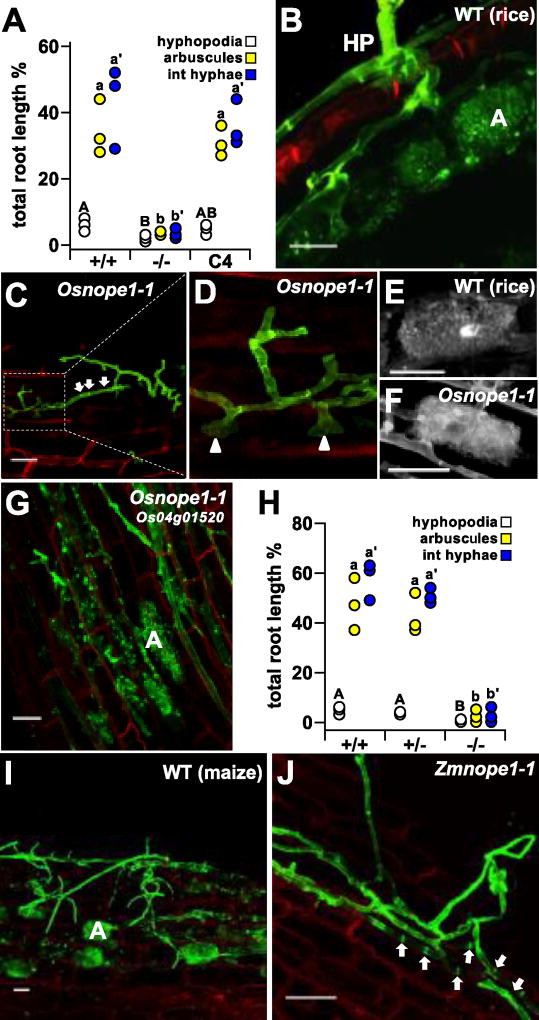Figure 1. Mutation of the orthologous genes Os04g01520 and GRMZM2G176737 disrupted coloniztion by R. irregularis in rice and maize, respectively.
A, Percentage root length colonization in rice plants (n = 3) segregating Osnope1 (+/+, wild type, −/− homozygous Osnope1, C complemented line C4) at 6 weeks post infection (wpi). Means groups assigned for each fungal structure indicated by letters (adj. P < 0.05). B–G, WGA-staining of fungal structures and propidium-iodide counterstained plant cell walls of rice roots inoculated with R. irregularis at 6 wpi as examined by laser scanning confocal microscopy. B, Hyphopodium (HP) and arbuscule differentiation in a wild type (WT) root C, Misshapen and highly septate (arrows) hyphopodial hypha on the surface of the root of a Osnope1 homozygote. D, Detail of a hyphopodia on a Osnope1 homozygous plant, showing several aborted penetration attempts (arrowheads). Morphologically equivalent arbuscules formed in the roots of wild type (E) and Osnope1 homozygous (F) plants. G, Arbuscules formed in root cortical cells of the complemented line C4. H, Percentage R. irregularis root length colonization of maize plants segregating Zmnope1 (+/+, wild type, +/−, heterozygote, −/− homozygous mutant) at 6 wpi. Represented as A. I and J, WGA-staining of fungal structures and propidium-iodide counterstained plant cell walls of maize roots inoculated with R. irregularis at 6 wpi, as examined by laser scanning confocal microscopy. On wild type (I) roots the fungus develops normal hyphopodia and extensively colonizes the root forming frequent arbuscules. J, Misshapen hyphopodium on the roots of a nope1-1 homozygous mutant showing mutiple septa (arrows) and absence of root pentration. HP, hyphopodium; A, arbuscule. Scale bar = 50µm.

